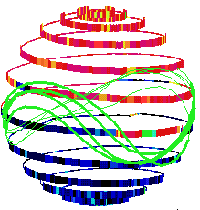This image shows the Sun's
polarity measured by Ulysses
Imperial College
VHM/FGM Instrument Page
Until recently, spacecraft have only been able to measure a limited, two-dimensional section of
the heliosphere. This is because spacecraft were confined to stay within the plane of the ecliptic (the plane tilted only 7 degrees from the Sun's equator). Ulysses's
unique orbit, achieved with
a gravity assist from
Jupiter, is 80 degrees inclined to the ecliptic plane which gives the spacecraft a novel vantage point in which to track a 3-dimensional solar heliosphere. One of the fundamental features of the heliosphere is the 3-dimensional structure of
the solar magnetic field.
The magnetometer was included on the Ulysses spacecraft to track the spatial and temporal variations of the solar magnetic field. The magnetometer also tracks the polarity of the solar magnetic field. The magnetometer uses two sensors, one a Vector Helium Magnetometer, the other a Fluxgate Magnetometer. Onboard data-processing yields measurements of the magnetic field vector with a time resolution up to 2 vectors/second and a senstivity of .01 - 44,000 nT (nanoTeslas).
Since being turned on in October 1990, the magnetometers have produced a steady stream of observations. Several disturbances in the magnetic field have been tracked, including discontinuities in the field, and shock wave activity. Scientists look forward to even more findings as Ulysses is in its second pass of the Sun. It is during this second pass that solar activity related to the magnetic field will be at its peak.
You might also be interested in:
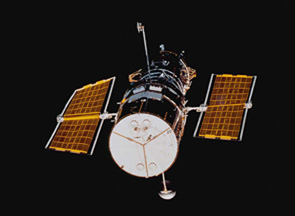
The Hubble Space Telescope (HST) was one of the most important exploration tools of the past two decades, and will continue to serve as a great resource well into the new millennium. The HST is credited
...more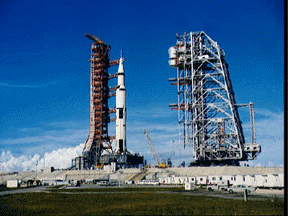
Driven by a recent surge in space research, the Apollo program hoped to add to the accomplishments of the Lunar Orbiter and Surveyor missions of the late 1960's. Apollo 11 was the first mission to succeed
...more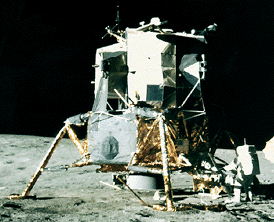
Apollo 12 survived a lightning strike during its launch on Nov. 14, 1969, and arrived at the Moon three days later. Astronauts Charles Conrad and Alan Bean descended to the surface, while Richard Gordon
...more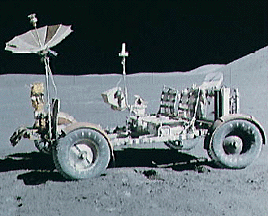
Apollo 15 marked the start of a new series of missions from the Apollo space program, each capable of exploring more lunar terrain than ever before. Launched on July 26, 1971, Apollo 15 reached the Moon
...more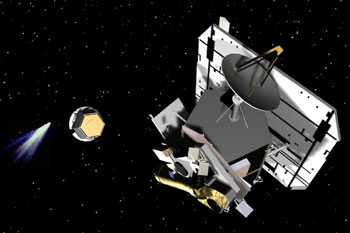
NASA chose Deep Impact to be part of a special series called the Discovery Program on July 7, 1999. In May 2001, Deep Impact was given the "go" from NASA to start with mission development. Deep Impact
...more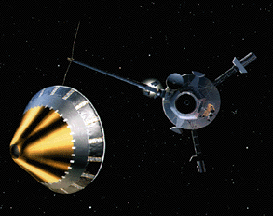
The Galileo spacecraft was launched on October 19, 1989. Galileo had two parts: an orbiter and a descent probe that parachuted into Jupiter's atmosphere. Galileo's primary mission was to explore the Jovian
...more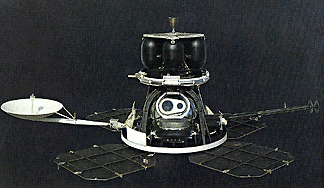
During 1966 through 1967, five identical Lunar Orbiter spacecrafts were launched, with the purpose of mapping the Moon's surface and finding smooth, level terrain, in preparation for the Apollo and Surveyor
...more
